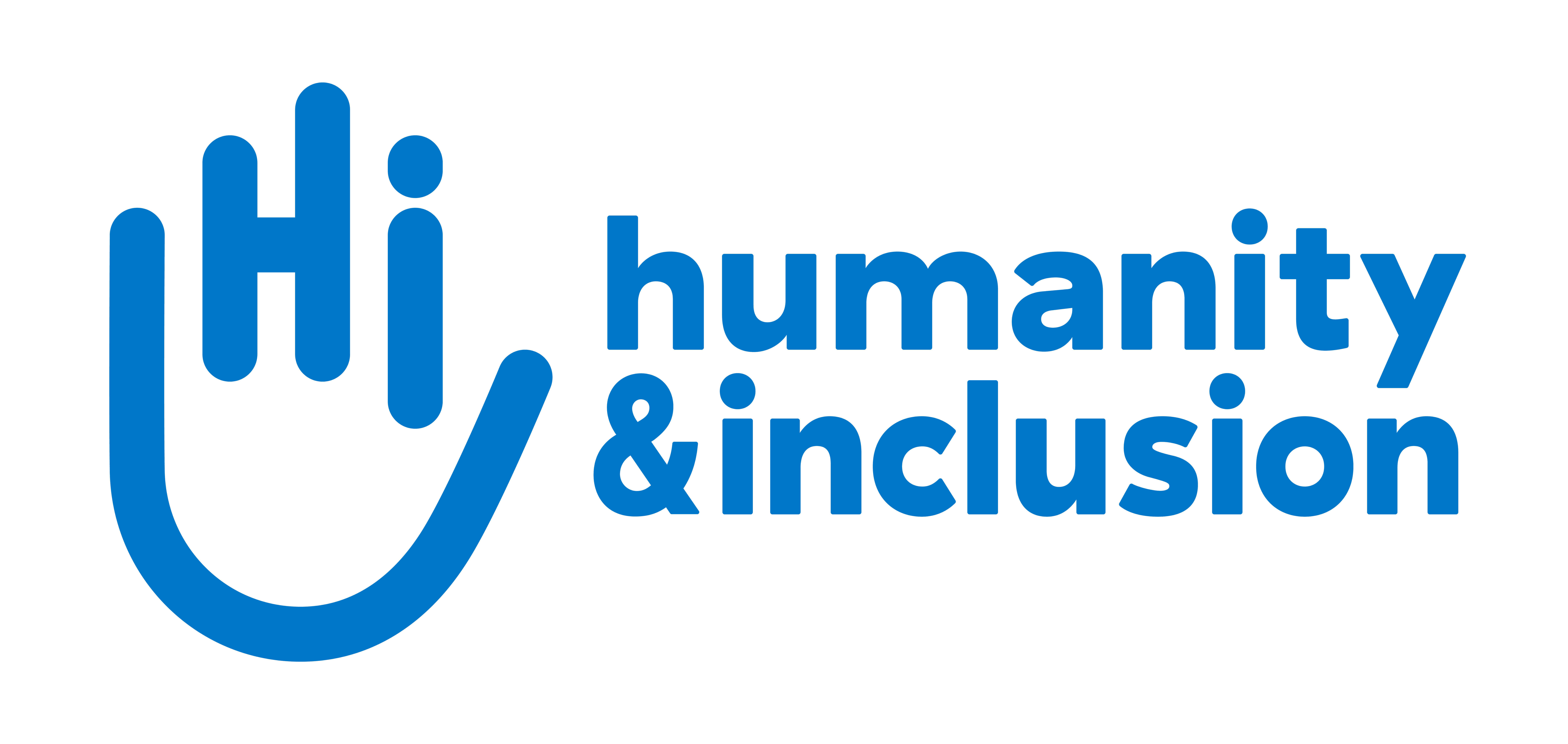Life as a refugee with a disability
Abu Sadeq is one of 600,000 Rohingya who have fled Myanmar since 25 August. Disabled for the last few months, he describes life in Uchinprang camp, in Bangladesh.

Abu Sadeq with the physiotherapist from HI | © Hossain Moazzem / HI
“My name’s Abu Sadeq. I’m 17. I suffered a spinal cord injury from a beating I received when my village in Myanmar was attacked, and now I’m disabled. I was hit in the spine - in the cervical and lumbar vertebrae - which has weakened my upper and lower limbs. I can’t walk properly anymore. I’ve lost the strength in my muscles, my sense of balance and my coordination, which makes it much harder to do everyday activities.
My father was a farmer in Powanchong, in the region of Mowandow, Myanmar. My village was attacked on 26 August. We fled and took refuge in the forest. After walking for six days, we arrived at the border with Bangladesh and the next day we crossed the river Naf in a boat.
Living conditions in the camp
I live with ten members of my family - my parents, four brothers and three sisters - in a temporary shelter in Unichipalong camp in Bangladesh. We survive with help from NGOs and the Bangladeshi government. Various humanitarian organisations have given us clothes, food and hygiene equipment.
Hygiene conditions are very poor in the camp because there isn’t much clean water and there’s a lot of overcrowding. But apart from these problems, we’re on good terms with the other refugees and everyone takes care of each other.
Regaining his mobility
At the beginning of October, Médecins sans frontière told HI that I needed rehabilitation care. HI’s physiotherapist drew up a rehabilitation programme and took my measurements for crutches, to make it easier to walk. I’m learning to walk with the crutches and the help of the physiotherapist.
I’ve just started my treatment. But I’ve already seen improvements in the coordination of my limbs and my sense of balance, which makes walking easier. My main problems now are mobility and everyday activities. My home is on a hill, so I still find it difficult to get outside and move around.
I’d like to spend more time with teenagers my age. I’d also like to walk unaided, and to help my family earn an income.”





